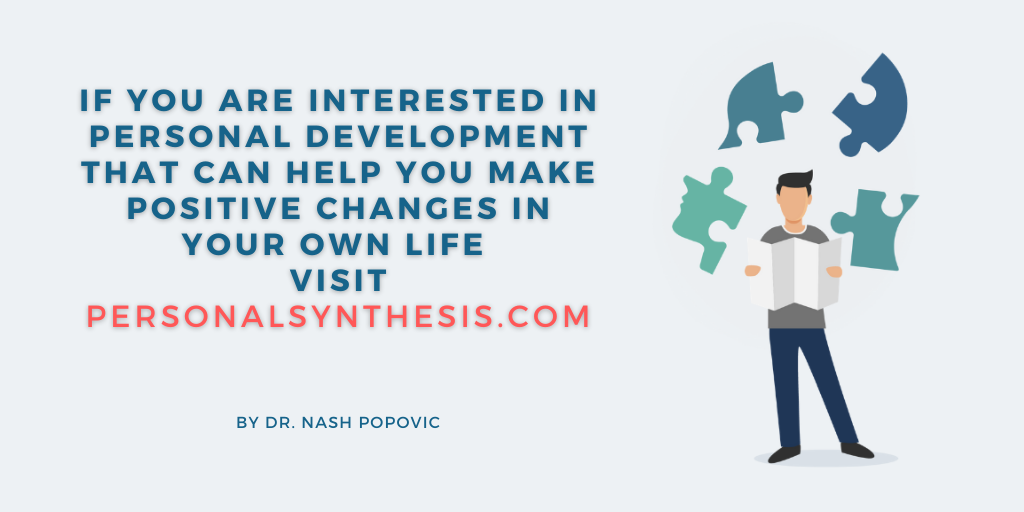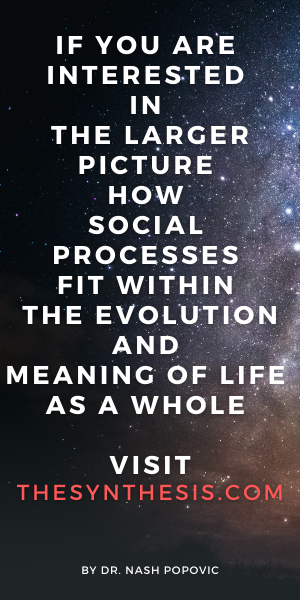No speech or text can grasp everything; no book or any other medium can possibly capture complexity in its entirety. Say your topic is the humble pin – you can talk or write about physics and chemistry associated with the pin, the history of the pin, the consequences of its invention, the economic implications, the use of pins in art, and so on, without end. Whatever we wish to communicate about, selectivity is necessary, we have to choose what to focus on and what to leave behind. Balancing the following three dyads that are crucial for communication can guide us:
Complexity and Clarity
It would not be an exaggeration to say that during the last decades of the past century, the third scientific revolution started to unfold[1]. As heralded by the physicist Stephen Hawking, the 21st century is the century of complexity that by now has pervaded many sciences. It is manifested in systems science, cybernetics, chaos and catastrophe theories, and more recently in meta-mathematics, computing and network sciences as well as social sciences. The rise of complexity stems from a realisation that a mechanistic, reductionist, linear and narrowly specialist approach is no longer adequate. It can be also seen as the revival of the spirit of the ‘renaissance man’ – an approach that takes a larger perspective rather than just zooming in on a particular aspect or reality which, at best, can provide a segmented view. Only by embracing complexity can we deal with a multifaceted reality.
If you are also interested in the larger picture – how these social processes fit within the evolution and meaning of life as a whole, please visit thesynthesis.info
But there is a problem. Complexity is, by its nature, difficult to grasp. This is due to the limitations imposed by time, space and the mind itself (e.g. a long, complex sentence is difficult to understand because by the time we reach the end, we have forgotten the beginning). One way to simplify our take on a particularly complex subject is specialist reductionism. Let’s take a description of the human body as an example. You can say that bones are what matters. No human body could possibly exist in a recognisable form without bones. So, you study bones in detail and ignore everything else. You may become an expert on human bones, and leave the rest of the body to others (your colleagues may describe, equally elaborately, internal organs, the nervous system, the senses and other parts of the human body that are among its defining characteristics). However, even if a reader had time to study all these subjects, something would still be missing – namely, the relationships between them. If we study only the components without their inter-relationships, we will never get the full picture. Yet, simply adding another text about the relationships wouldn’t do, as each part of the human body needs to be studied in relation to, and with awareness of, the whole. So, what else can be done?
The other way of simplifying things is to include everything that matters by using a broad brush, which necessitates sacrificing the detail. This option is taken in these materials, as otherwise it would not be possible to cover all the topics and provide a comprehensive view. No doubt many nuances will be lost in translation, but the hope is that at least nothing major will be. It is not impossible to provide good summaries of complexities. Gestalt psychology[2] demonstrated a long time ago our capacity to fill in the gaps. You may have seen how scientists managed to make people see a ‘human being’ walking, out of just a few carefully positioned moving dots. This is what successful fiction and non-fiction capitalises on – providing the dots and letting the readers fill in the gaps. The beauty of this is that gaps are, of course, unlimited, so the readers become active participants in the process. In this way, complexity (of the subject) and clarity (simplicity of expression) do not need to be antagonistic.
Does this mean that we should abandon having separate subjects, topics or book chapters? Not necessarily, and here is why.
Figure and Context
When we think about an area of social life (be it the economy, politics or education), that area becomes the figure and the rest slips into the background. In reality though, there is no figure and background – everything is interconnected. And yet, we can’t study anything without a focus. Even if one abandons labels such as economy, politics or education, other focal points emerge or we just see everything as a blur – there is no escaping this. Just look through the window and you will see that something (e.g. a person, bird, or tree) inevitably grabs your attention more than the rest – that something will become a figure and the rest background. Nevertheless, it is a huge distortion of reality if the background (or context) is ignored. Good painters know this very well (the Mona Lisa’s smile would not be the same without that dramatic background). Recognising the usefulness of being able to distinguish between the figure and the background should not lead to cutting the figure out of the context. So, we can take the economy, for example, as a figure, but it needs to be seen in the larger context of human life and the natural environment as a whole. Without this, we can lose track of what the economy is about, what its purpose is and where it is heading (as, accidentally, has frequently happened in the history of Economics).
Last but not least, we must also find a balance between what we should talk about and what we should leave unsaid.
If you are also interested in personal development that can help you make some evolutionary changes in your own life please visit personalsynthesis.com
Explicit and Tacit
We talk, we write. We’ve been talking and writing for millennia. No doubt that our attempts to capture reality and experience in words have made a monumental difference. Even so, we have been successful only to an extent. It seems that some aspects of reality and experience can never be captured. Try to capture riding a bike in words. Oh, yes, you can describe it, some gifted writers can even provide a glimpse of how it feels to ride a bike. But however good they are, what they write will never be the same as actually riding a bike, and you will never be able to learn how to ride a bike by only reading about it. Many aspects of life have a tacit element that slips through our linguistic net. So, what can we do? Two things: one is to ignore that tacit element, pretend that it doesn’t exist. Religion, science and philosophy have all tried on occasion to do so, but this has never worked (for example, religions tend to ignore spiritual experiences that do not fit well within their structured practice, science largely ignores anything that cannot be quantified, and philosophy often shies away from those elements of life that do not easily lend themselves to a rational analysis). The other possibility is to acknowledge it, even if we can’t capture it. This may sound counterintuitive (‘What’s the point?’), but it is, nevertheless, meaningful. Mathematics, of all human endeavours, found that it was indispensable a long time ago. It introduced the notion of ‘x’. ‘X’ sometimes refers to something to be discovered or solved (which is what children learn in school). However, ‘x’ is also useful to annotate and acknowledge that which can never be quantified or formulated. Social Synthesis, therefore, recognises that some social practices and processes need to be taken into account even though explanations and directives in relation to them would necessarily be limited. Nobody can ever describe or prescribe fully what it means to be a good teacher, nurse or social activist. This necessitates practising and experiencing, which is why a social change is an adventure. So, let’s get to it.
[1] Following the first one in the 18th century, and the second, the era of quantum physics and relativity, at the beginning of the 20th century.
[2] A movement in psychology at the beginning of the 20th century that sought to explain perceptions in terms of gestalt (an organised whole that is perceived as more than the sum of its parts). A simple example of this is making out a triangle from seeing only three dots.


